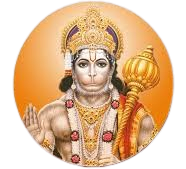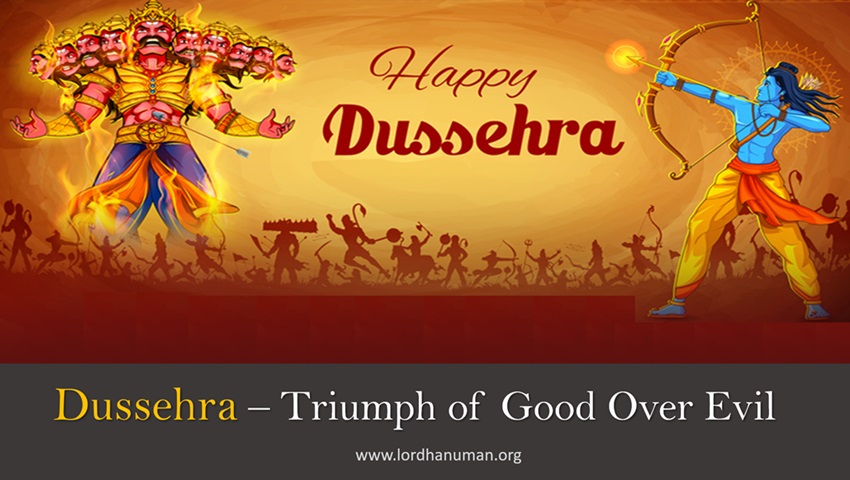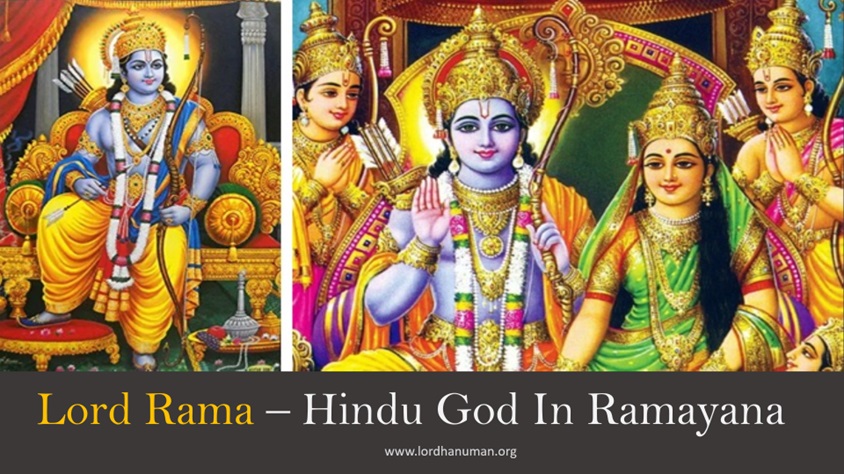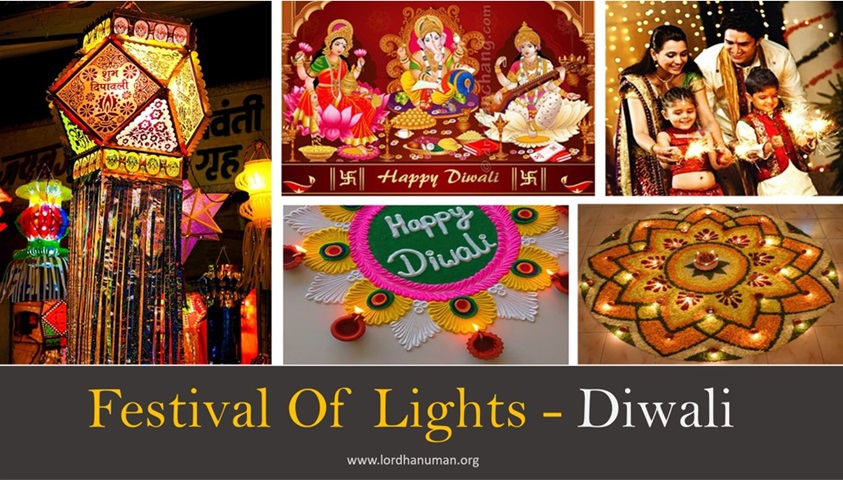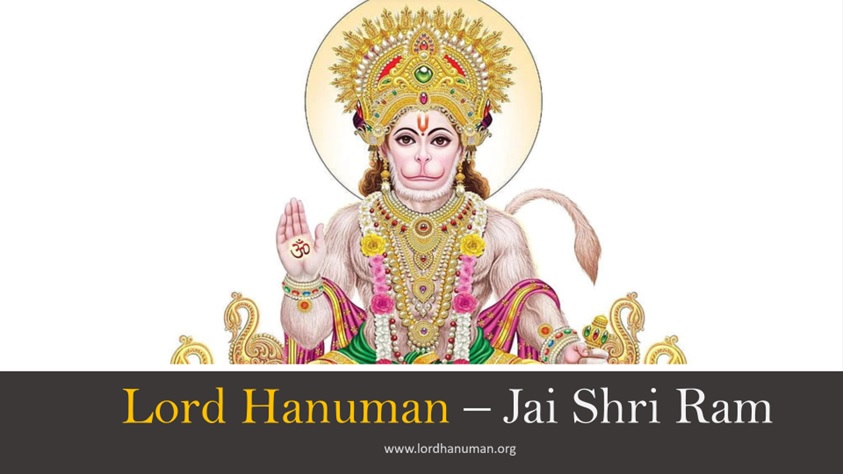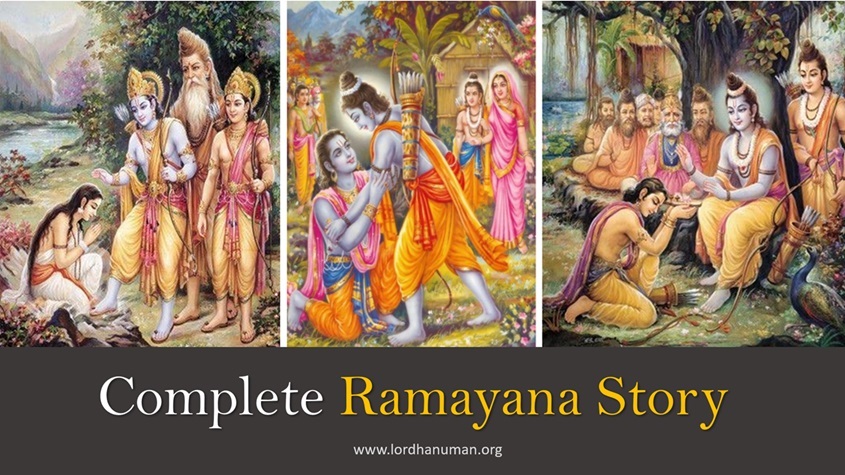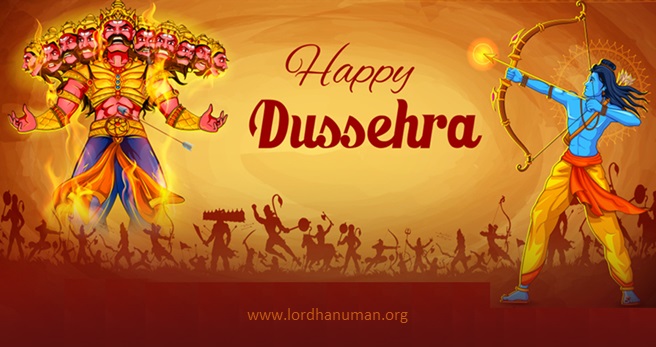
Dussehra
विजयादशमी नवरात्रि , त्यौहार दशहरा
Dussehra Festival Commemorates The Victory of Lord Rama over the Demon king Ravana.
The Dussehra festival commemorates the victory of Lord Rama over the demon king Ravana. During Navratri Festival, on the 10th day of Dussehra that is on Vijayadashami day, sculptures of demons Ravana and his brothers Meghnad and Kumbhakarna are burnt in public squares. This symbolises the victory of good over evil and the destruction of evil forces
Dussehra, also known as Vijayadashami, is a vibrant and significant Hindu festival celebrated across India with fervour and enthusiasm. This ten-day festival culminates on the tenth day, marking the victory of good over evil. The celebration holds deep cultural, historical, and religious significance, intertwining mythology, rituals, and community festivities.
Lord Rama Kills Ravana - Triumph of Good Over Evil
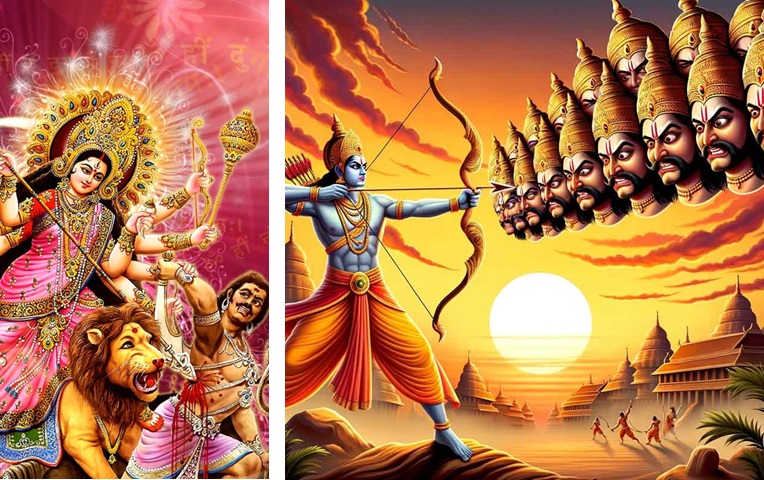
Navratri is yet another name associated Dussehra which symbolizes the nine day celebration. Dussehra is also known as Vijayadashami, marks the end of Navratri and is celebrated on the tenth day of the Hindu calendar month of Ashwin (usually in September or October).
Final Battle Between Lord Rama And Ravana
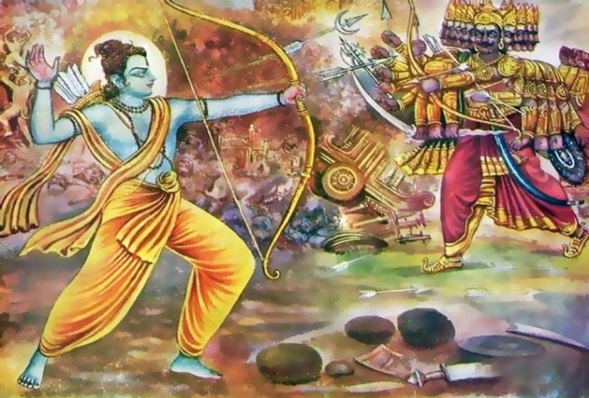
भगवान राम और दशहरा
Lord Rama Story And Dussehra
Vijayadashami, also known as Dussehra, marks the triumphant conclusion of the epic Ramayana, celebrating the victory of Lord Rama over the demon king Ravana. According to Hindu mythology, Ravana abducted Sita, Lord Rama’s wife, leading to a profound conflict. After a fierce battle between Rama and Ravana, Lord Rama, with the blessings of Goddess Durga, slayed the mighty demon on this auspicious day.
The significance of Vijayadashami lies in the embodiment of righteousness prevailing over evil. Lord Rama’s unwavering adherence to dharma (righteousness), his devotion to duty, and the ultimate triumph over the ten-headed Ravana symbolize the victory of virtue. The day also marks the end of Rama’s exile and his return to Ayodhya, where the citizens welcomed him with joy, lighting lamps to illuminate the path now celebrated as Diwali.
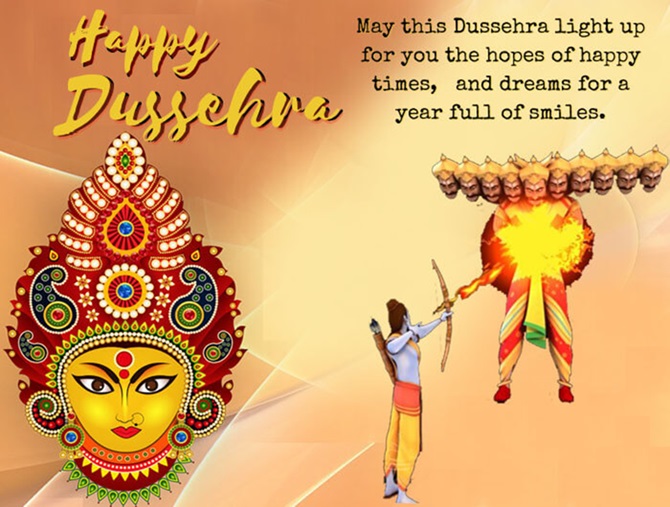
Vijayadashami is a celebration of the enduring values embedded in the Ramayana story, inspiring devotees to emulate Lord Rama’s virtues in their lives. The day holds cultural, religious, and social significance, reinforcing the timeless message that righteousness and devotion lead to triumph and the establishment of divine order in the world.
नवरात्रि
Navaratri Nine Day Celebrations
Navaratri, a vibrant Hindu festival, spans nine nights, celebrating the divine feminine in various forms. Each night is dedicated to a different manifestation of Goddess Durga, collectively known as Navadurga. Devotees engage in prayers, fasting, and cultural festivities during this auspicious period.
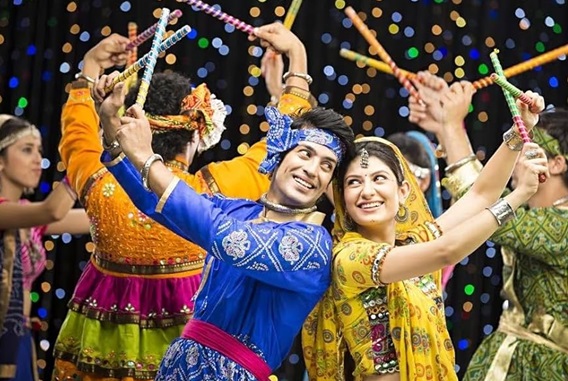
Navaratri Celebrations
The culmination of Navaratri is Vijayadashami, celebrating the triumph of good over evil. Devotees immerse idols of Goddess Durga in water, symbolizing her return to the divine abode. Navaratri fosters a sense of unity, devotion, and cultural richness, emphasizing the divine feminine’s multifaceted aspects and the victory of virtue in the cosmic dance of existence.
Navaratri Goddess Durga Puja
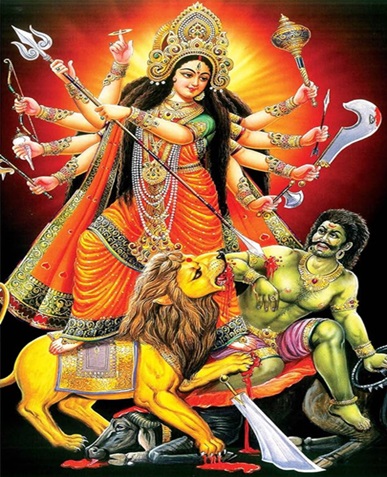
- First Three Nights (Durga): Devotees invoke Goddess Durga, representing courage and strength, seeking her blessings to overcome obstacles.
- Next Three Nights (Lakshmi): Worship shifts to Goddess Lakshmi, symbolizing prosperity and wealth, for material and spiritual abundance.
- Final Three Nights (Saraswati): Devotees venerate Goddess Saraswati, the embodiment of knowledge and wisdom, promoting learning and the arts.
दुर्गा पूजा
Navaratri Goddess Durga Puja
In Eastern India, especially West Bengal, Navaratri coincides with Durga Puja, a grand celebration honoring Goddess Durga’s victory over the buffalo demon Mahishasura. Elaborate pandals (temporary structures) house artistic idols, and the city comes alive with cultural performances, processions, and communal festivities.
The culmination of Navaratri is Vijayadashami, celebrating the triumph of good over evil. Devotees immerse idols of Goddess Durga in water, symbolizing her return to the divine abode. Navaratri fosters a sense of unity, devotion, and cultural richness, emphasizing the divine feminine’s multifaceted aspects and the victory of virtue in the cosmic dance of existence.
गरबा नृत्य
Garba Dance In Navaratri Celebrations
A prominent feature of Navaratri is the Garbha and Dandiya Raas dance. Garbha involves circular movements symbolizing the cosmic dance of creation. Dancers, clad in vibrant traditional attire, create a joyous atmosphere, celebrating life and divine energy. The rhythmic beats and coordinated steps foster community spirit, joy, and devotion.
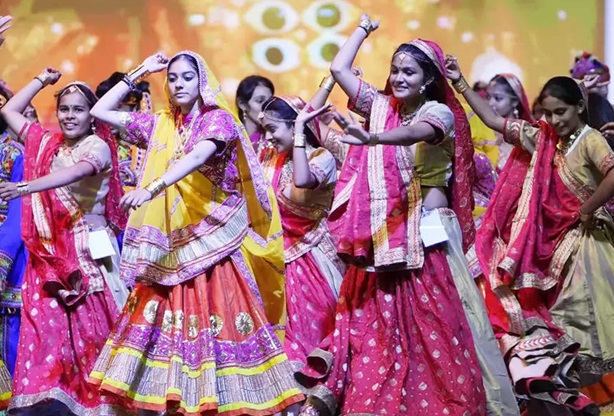
दशहरा रावण दहन
Ramlila And Ravana Effigy Burning
One of the highlights of Dussehra is the enactment of Ramlila, a series of plays or dramatic retellings of the Ramayana. These performances often span the entire Navaratri period, with the grand finale on Dussehra. On the tenth day, effigies of Ravana, his son Meghanada (Indrajit), and brother Kumbhakarna are burned, symbolizing the destruction of evil forces.
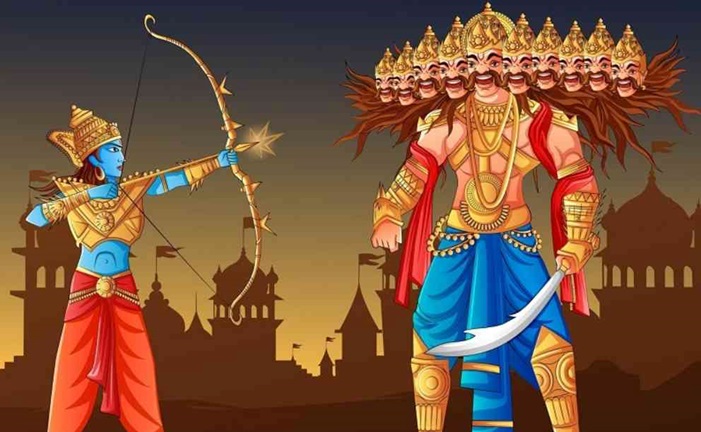
The burning of Ravana’s effigy carries profound symbolism. It signifies the victory of dharma (righteousness) over adharma (unrighteousness), good over evil, and light over darkness. The crackling flames and the towering inferno symbolize the eradication of negativity from one’s life and the world at large.
Dussehra, with its rich tapestry of mythology, symbolism, and cultural diversity, stands as a testimony to India’s multifaceted heritage. The festival transcends religious boundaries, fostering a sense of unity and shared values. As effigies burn and celebrations unfold, Dussehra continues to be a vibrant reminder of the eternal battle between good and evil and the enduring triumph of righteousness. It is a celebration that not only echoes ancient legends but also resonates with timeless lessons for humanity.
